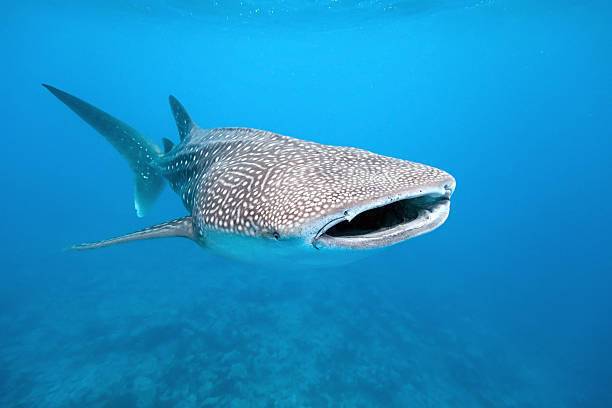News
Where did people get their elbows and knees: scientists "unearthed" an interesting fact
Sharks and rays do not have bones, but they have joints, just like humans. However, it was previously thought that synovial joints (containing a viscous fluid that maintains their elasticity) are found only in bony vertebrates.
In fact, they existed in a much older ancestor of cartilaginous and bony fish. This is evidenced by a study published by bioRxiv, which, according to scientists, expands the evolutionary theory of joints.
"Because many aquatic creatures can regenerate their damaged joints, studying their evolution could lead to better treatments for arthritis and other human problems," says study author Neil Shubin, an evolutionary biologist at the University of Chicago.
The structure of our body is determined by several types of joints. The sutures in the skull in adults do not move, and cartilaginous ones (for example, those connecting the ribs to the sternum) usually have very limited mobility.
But there are also synovial sutures, which are the majority of interbone connections in humans. A fluid-filled cavity connects adjacent bones, and cartilage ensures maximum and smooth maneuverability.
According to biologists, the evolution of these joints is a "great innovation" in the history of vertebrates.
The evolutionary history of synovial joints has long puzzled biologists. In the 1940s, anatomists found evidence that they existed in adult sharks that evolved about 450 million years ago.
But in the decades that followed, textbooks said that these fluid-filled joints evolved in land animals about 50 million years later to help four-legged animals walk on the ground. Over time, the joints allowed for the development of a variety of locomotion and feeding strategies, including the ability of humans to walk on two legs.
This was the conventional wisdom until 2016, when Crump and his colleagues found genetic evidence of these joints in bony fish that evolved about 410 million years ago. According to the scientists, the lubricating proteins were found in large quantities in the jaws of fish and in the fins of danios, gar and tapeworms. Then it became clear that synovial joints did indeed originate in the aquatic environment.
Dr. Neelima Sharma decided to find out more. She searched for these joints in three animals: the sea stingray, the bamboo shark, and the sea lamprey. It is believed that these animals represent vertebrates that arose earlier in the evolutionary process. The stingray and shark are jawed cartilaginous species, while the lamprey, although it has cartilage, is jawless.
Together with another scientist, Yara Haridi, the doctor conducted microcomputed tomography of small embryos aged 20, 28 and more than 30 weeks and their gene activity.
The researchers found that the embryonic jaw and pelvis of the stingrays initially looked like a separate post that broke apart and formed a joint separated by a cavity. The rupture was stimulated by muscle contractions and was accompanied by the presence of specific signaling proteins called growth differentiation factor-5 and beta-catenin. When scientists treated the embryos with a chemical that paralyzed the muscles during development, the potential structures of the jaw and pelvis did not break down and joints did not form.
Although stingray joints connect cartilage rather than bone, they show the same set of genes as their bone counterparts. This has led to the production of lubricating and moisturizing molecules - hyaluronic acid, aggrecan and lubricin. They are known to be used in the treatment of osteoarthritis, eye drops, and cosmetics to soften the skin.
On the contrary, no such cavities were formed in the skeleton of the underdeveloped lamprey. This suggests that these joints arose in sync with the evolution of the jaws. And genes found to be active only in the joints of stingray and other vertebrates were active throughout the lamprey's body.
"It was really a matter of reorganizing and repurposing them," Medeiros says.
Since the ancestors of these cartilaginous creatures predate the evolution of bones, it is clear that the evolution of joints had nothing to do with adaptations related to the presence of a bony skeleton, says Maurizio Pacifici, a developmental biologist at the Children's Hospital of Philadelphia. Instead, he believes, the physical needs of a mobile sea hunter contributed to the evolution of these joints.
Medeiros agrees: "Shark cartilage is very crunchy, so you would expect them to need joints." In contrast, he says, lamprey cartilage is soft and flexible, as if their skeleton "is one big joint."
The fact that the stingray uses similar molecular instructions to build joints as birds and mammals is "a telling example of how evolution preserves and utilizes efficient mechanisms," the scientists add. Learning more about the joints of these animals may one day help us understand arthritis and other joint diseases in humans and other mammals.
"The more we know about these creatures, the more we can discover new ways to stimulate wound healing in human joints," says Shubin.
Subscribe to OBOZREVATEL's Telegram and Viber channels to keep up with the latest developments.





























